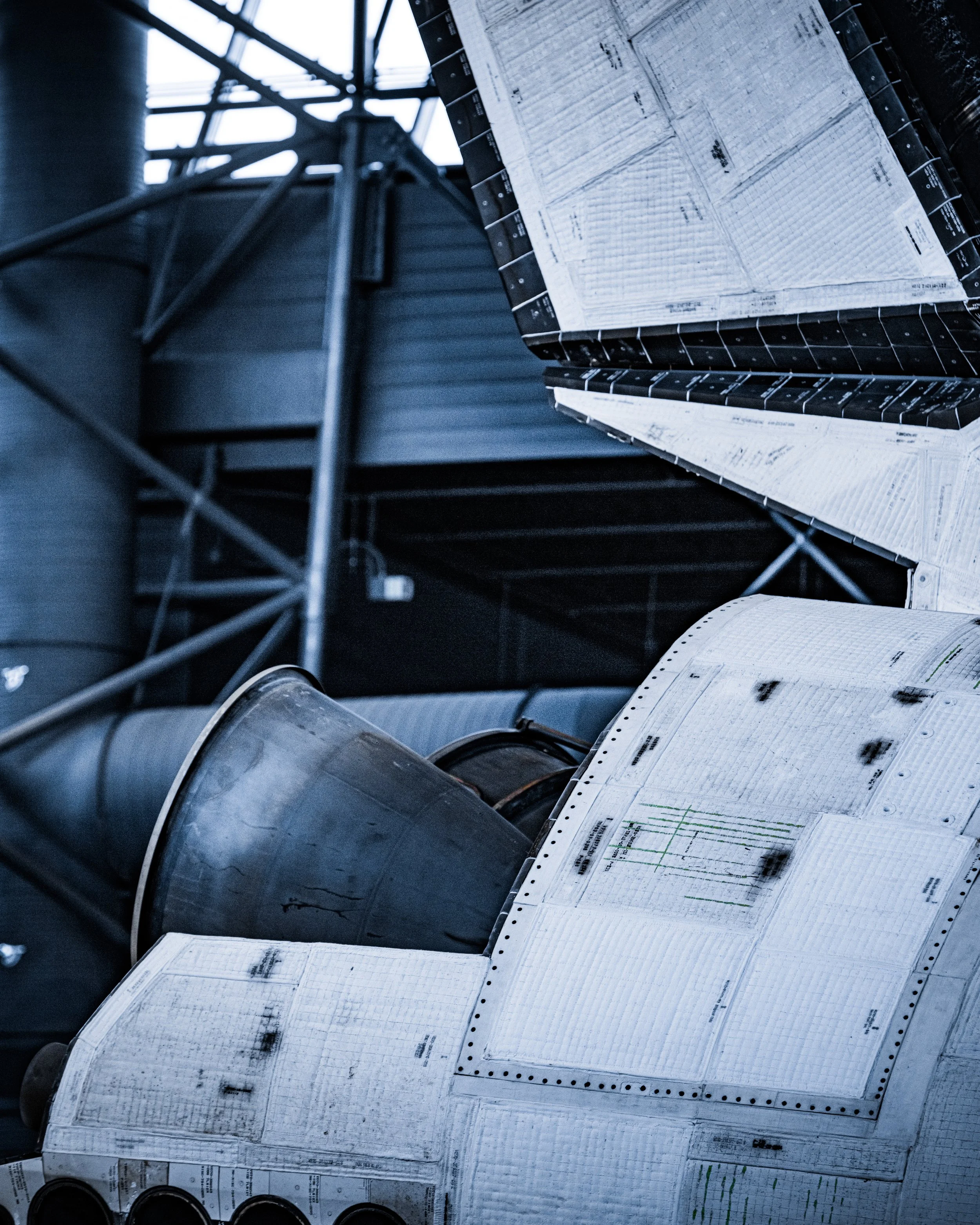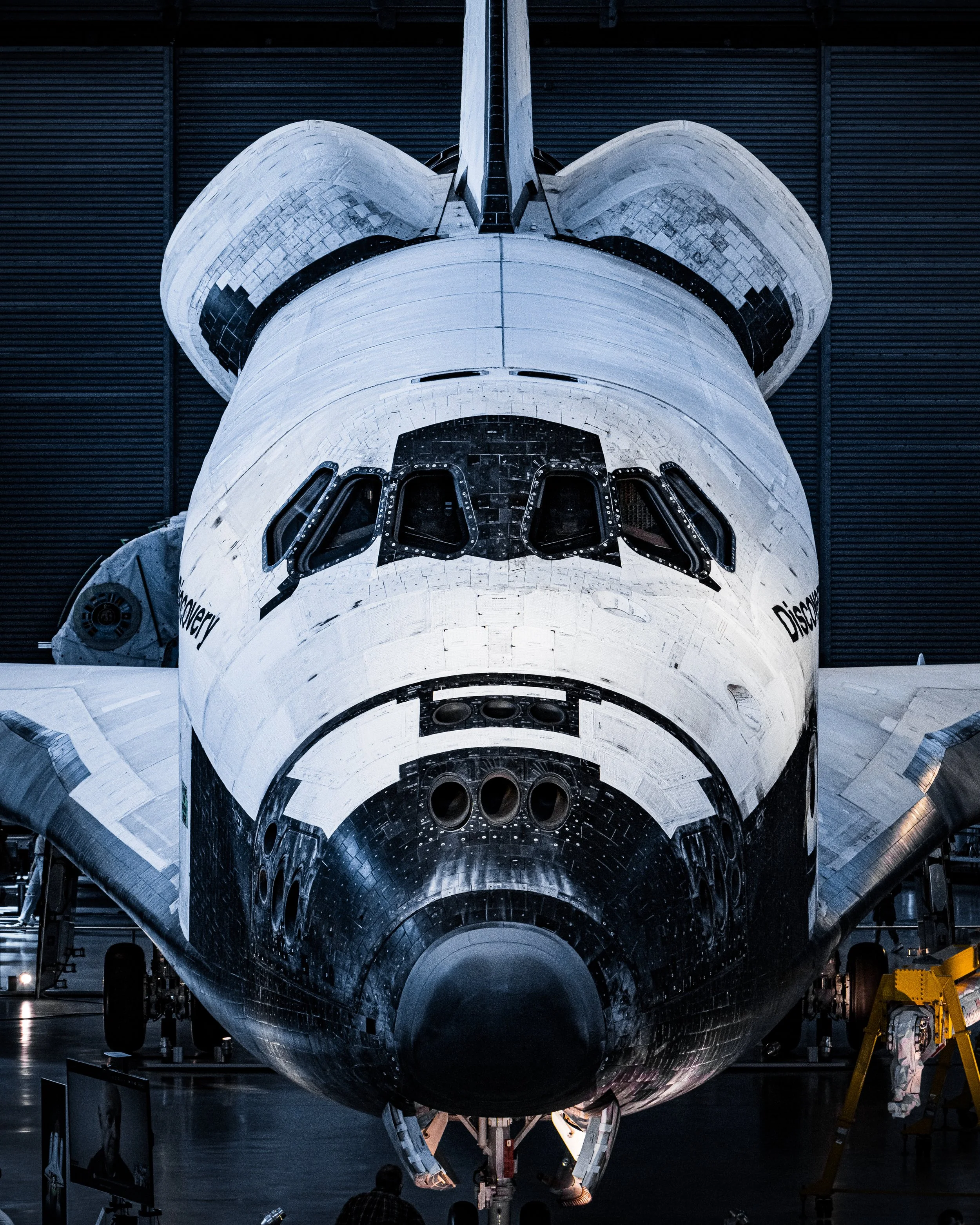Discovery Reimagined
If you woke up today finding yourself in the ultra-slim minority on campus that is not familiar with the concept of ‘space shuttle,’ what a space shuttle looks like, or what a space shuttle does; be not afraid, for today you will be enlightened. The Oxford dictionary cites the term ‘Space Shuttle’ as, “A space rocket with wings enabling it to land like an aircraft and be used repeatedly.” The end of the Apollo years brought about a need for reusable spacecraft and the idea that worked was to use a craft that worked like an airplane. The design of the shuttle called for two boosters and an external fuel tank to launch from earth and were released from the shuttle once they were depleted. Upon return from space the shuttle was able to navigate itself and land on an airstrip just like an airplane. The space shuttle was also made to carry heavy objects to space like the parts for the International Space Station and the Hubble Telescope. The first space shuttle was launched at the Kennedy space center under the Reagan administration on April 12, 1981, and the last shuttle landed in the Kennedy space center in Florida on July 21, 2011, under the Obama Administration. Nasa made seven shuttles,
Each the space shuttles are identical except the Enterprise (the prototype shuttle) and five of them remain, Atlantis, Columbia, Discovery, Endeavor, and Enterprise. Two shuttles were lost during flight - Space shuttle challenger exploded leaving orbit on January 28, 1986, due to an o-ring failure in one of the boosters of the rocket. Space shuttle Columbia was disintegrated during re-entry on February 1, 2003, due to a hole or puncture in one of the wings. The space shuttle program was officially cut during the Bush administration due to high costs, slow turnaround, few customers, and the shuttle had some obvious safety concerns. Over all 135 space shuttle missions my personal favorite as a photographer is STS-31 — when space shuttle discovery carried the Hubble telescope to low orbit. The Hubble telescope (world’s best camera) has taken some of the most exquisite pictures of God’s creation that have ever received coverage. Recently I was able to go visit Discovery in the Steven F. Udvar-Hazy center in Virginia as a spring break trip and it was a childhood dream come true. The center is almost five hours away from campus and costs
$15 to park and is definitely worth the trip (especially if you do not know what a space shuttle is or looks like). The moment you walk in the building, your perspective on the world changes, your imagination and inner child will take flight once you see the best space ship the world has ever known. Photographers are never satisfied with just a selfie shot of anything, especially the space shuttle discovery. I walked around the shuttle for almost two hours getting various angles and tried to get as many layers in my images as possible with discovery as my subject. The best way to do this is to use the different exhibits on display to highlight the shuttle so that a person’s eye is drawn to the key elements that make a space shuttle what it is. The lens I used was mostly my 70-200 2.8 and there were times when I brought out my 2x teleconverter just so that I could zoom in further to grab some of those smaller details that needed to be shown off. During my editing process I bounced between the ideas of warm and cold tones, I asked some friends of mine and they advised on the colder tones Whatever it is, the way you tell your story online can make
all the difference.because they felt that the colder tones made discovery feel as if it were still in space. The essence of a photographer is to walk away upset with yourself because you know that you missed the shot, and I am not sure if my images give Discovery any justice but I can be sure that I will return to take some more.





